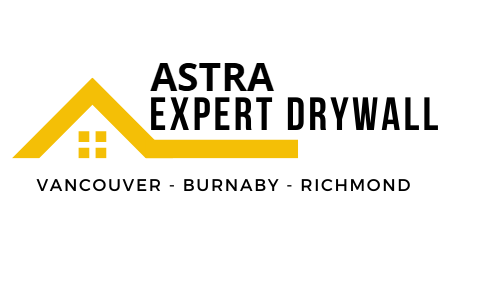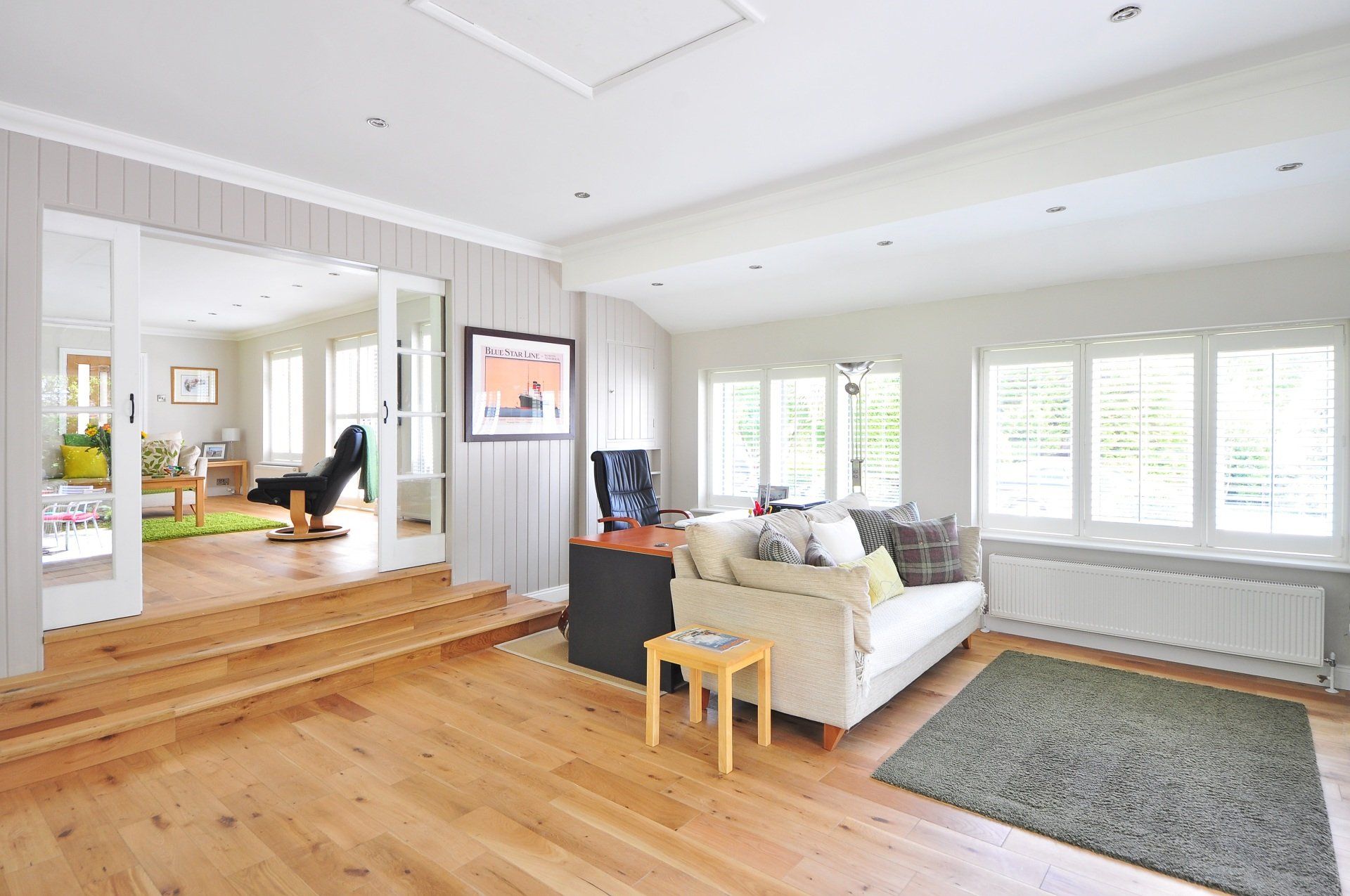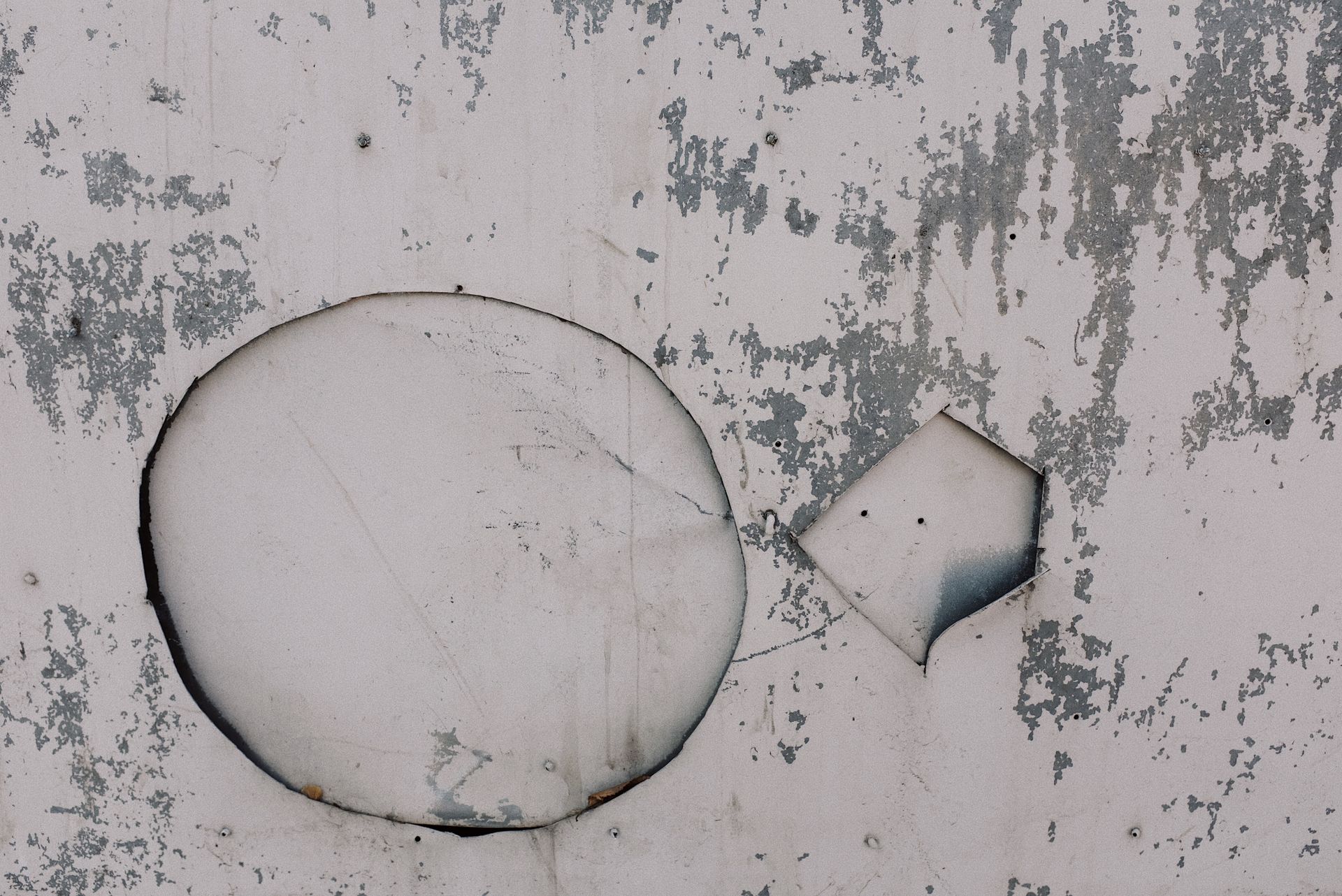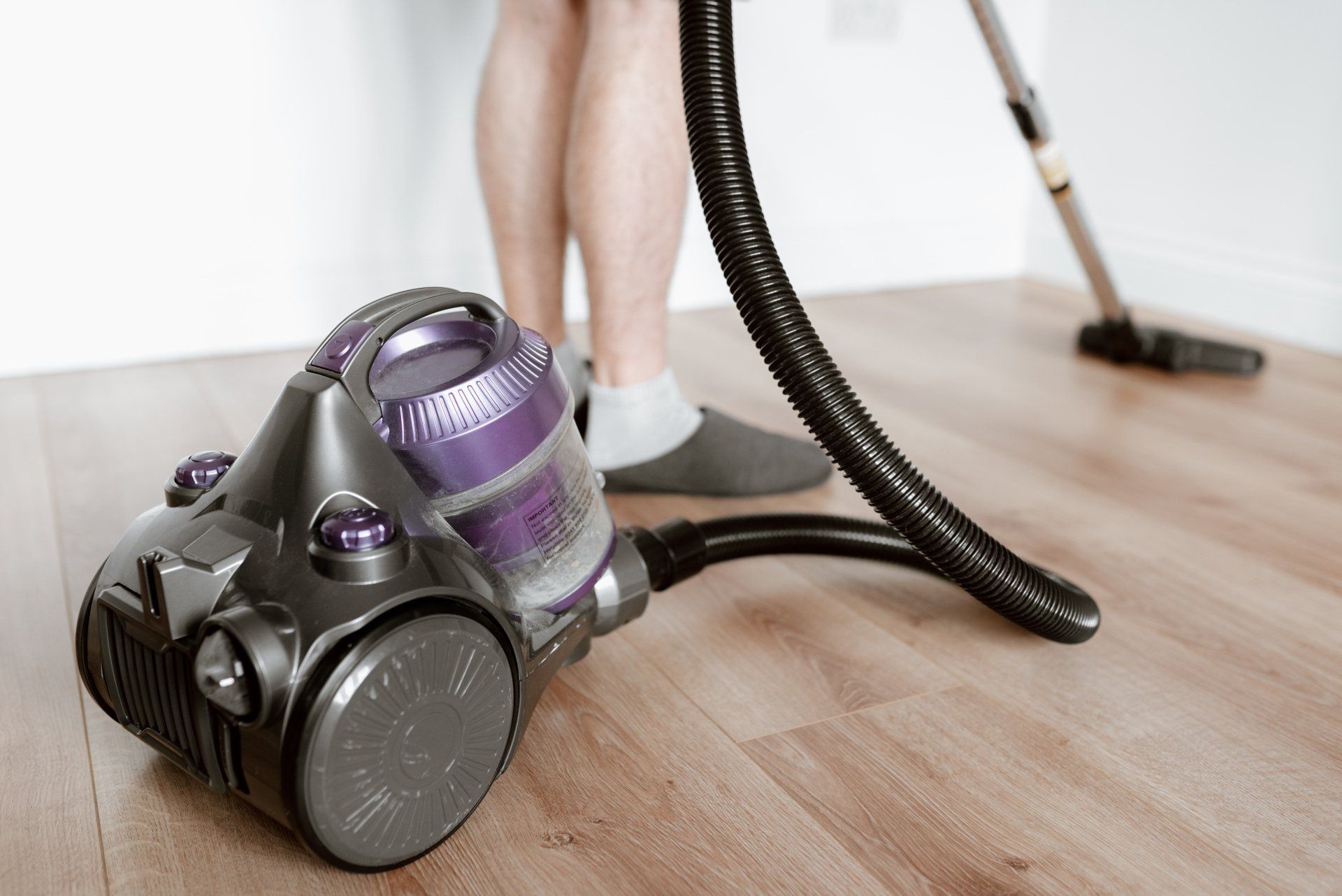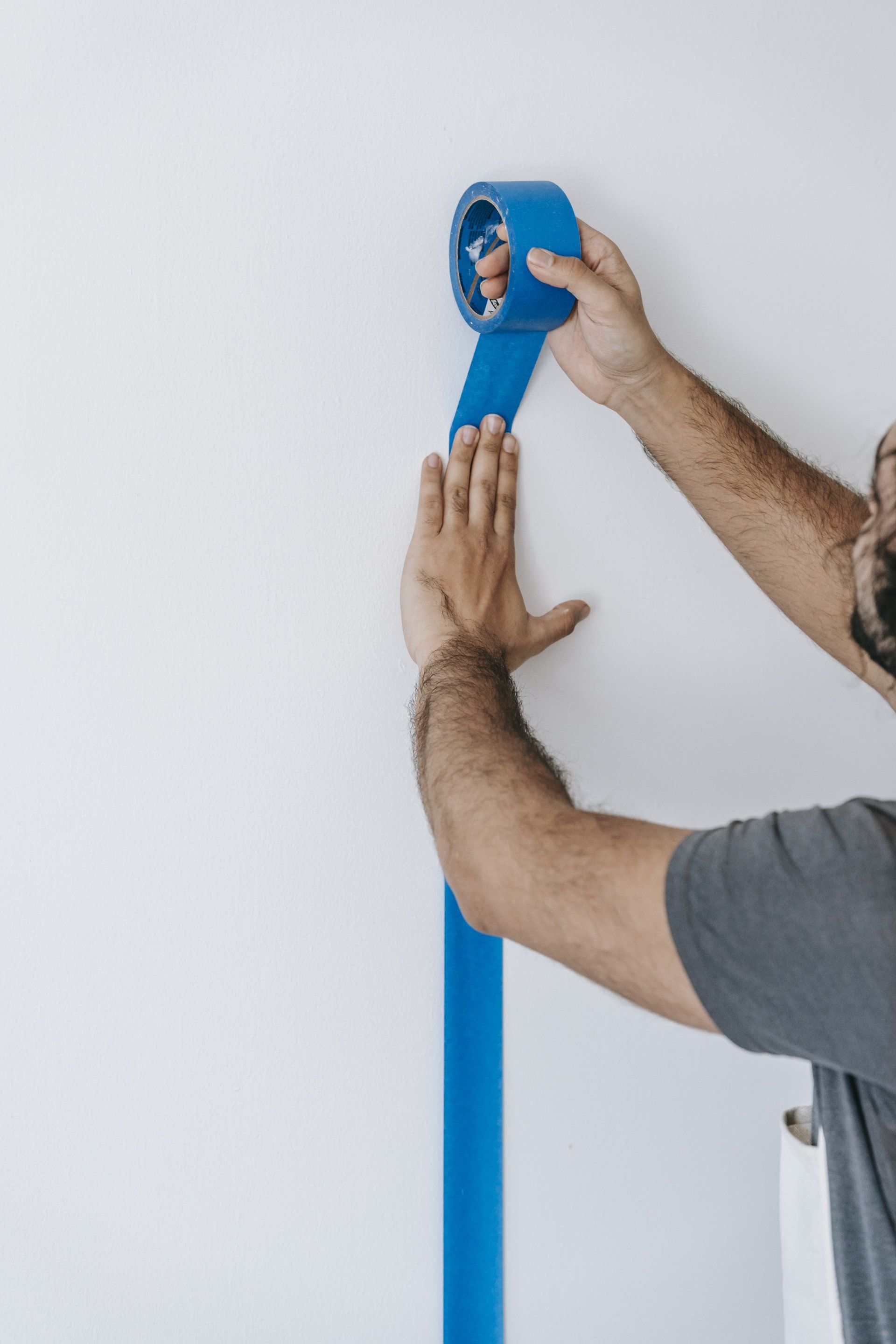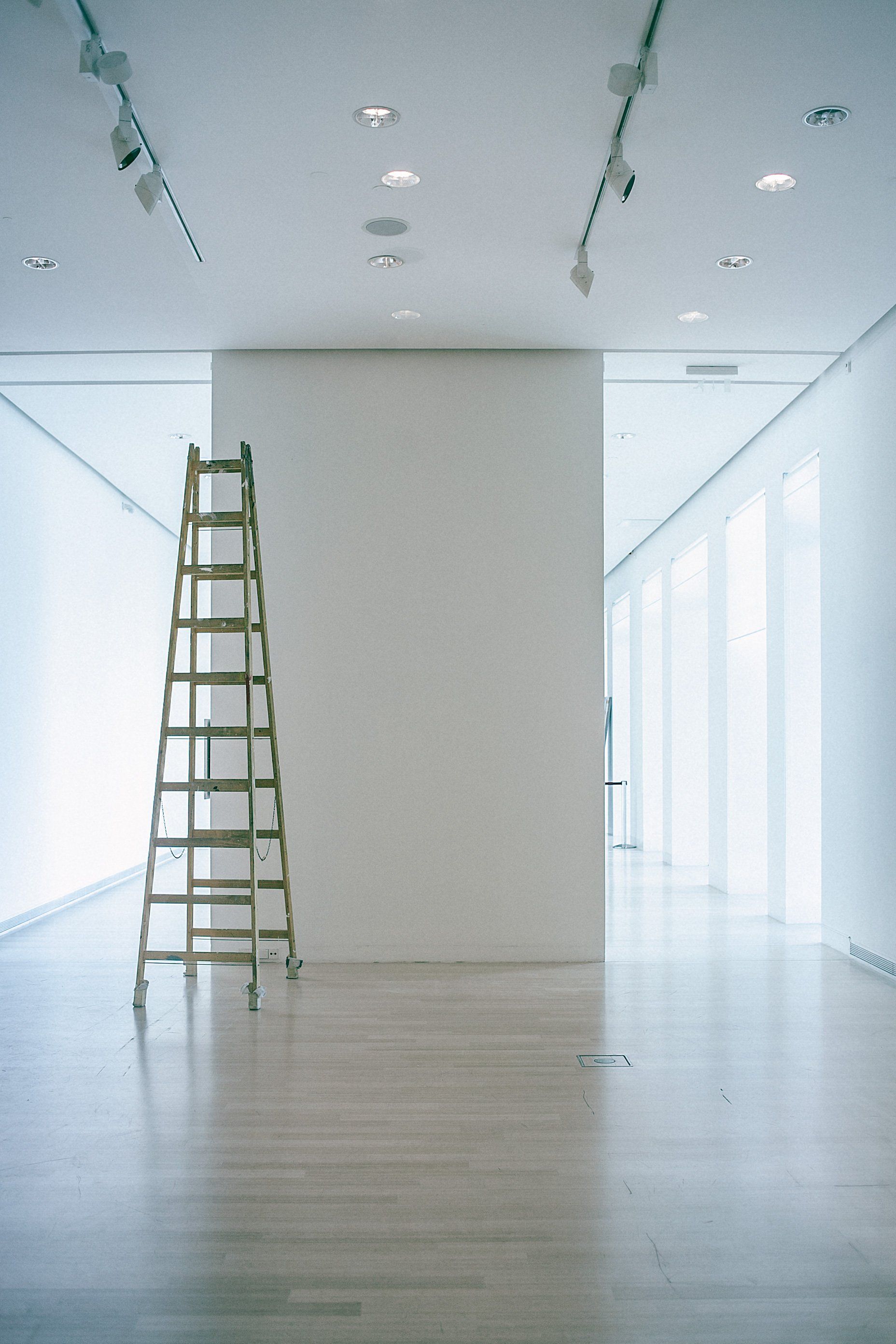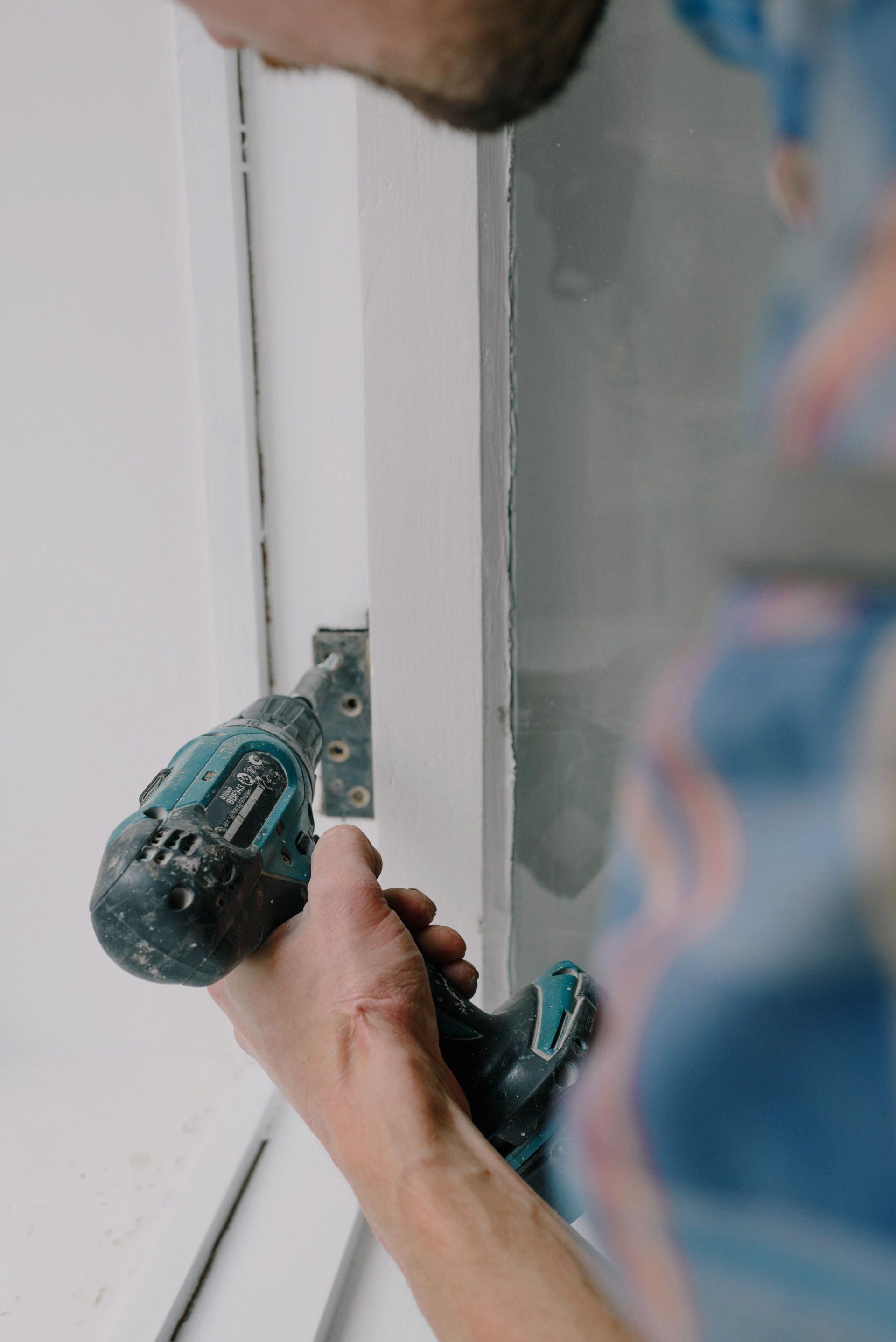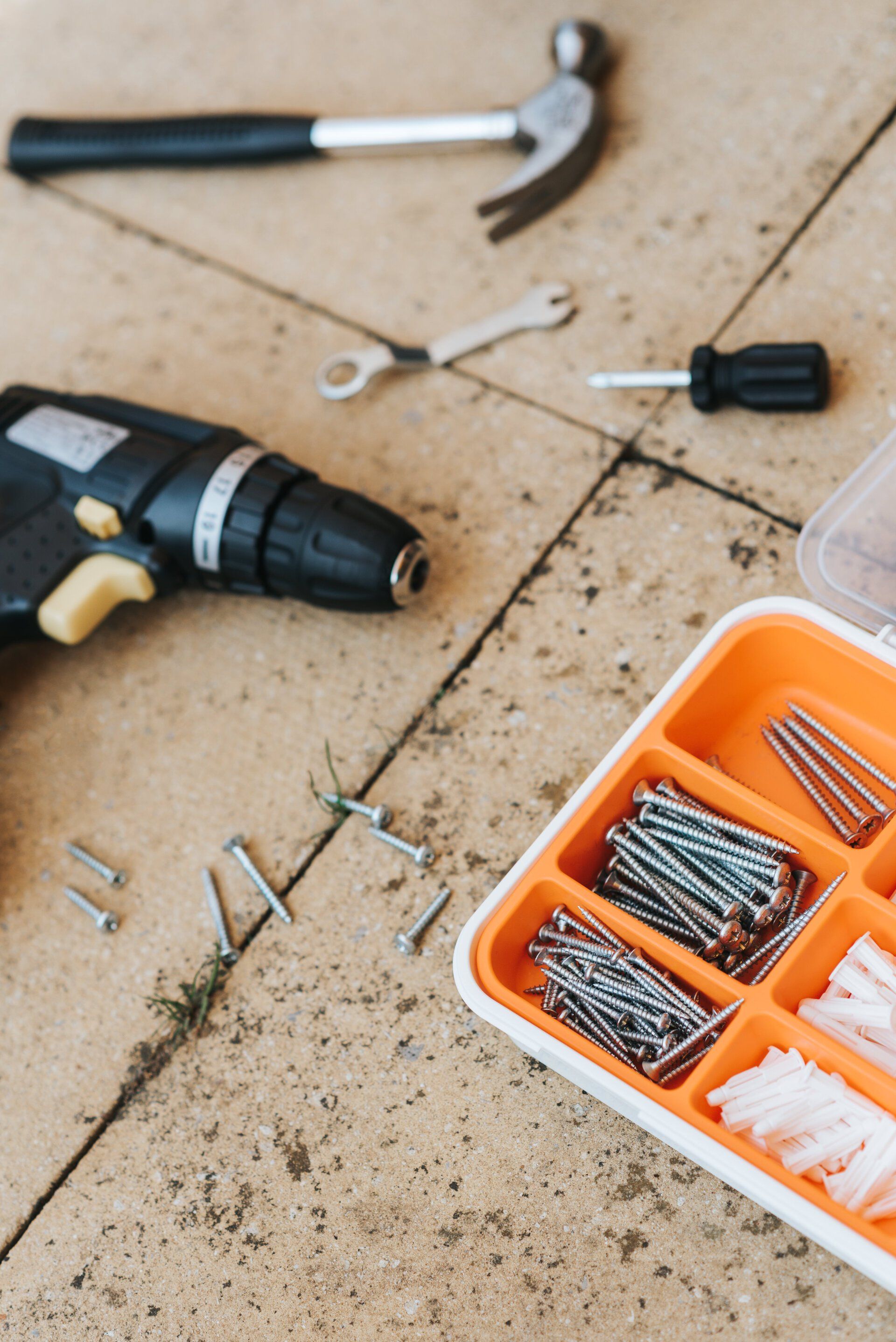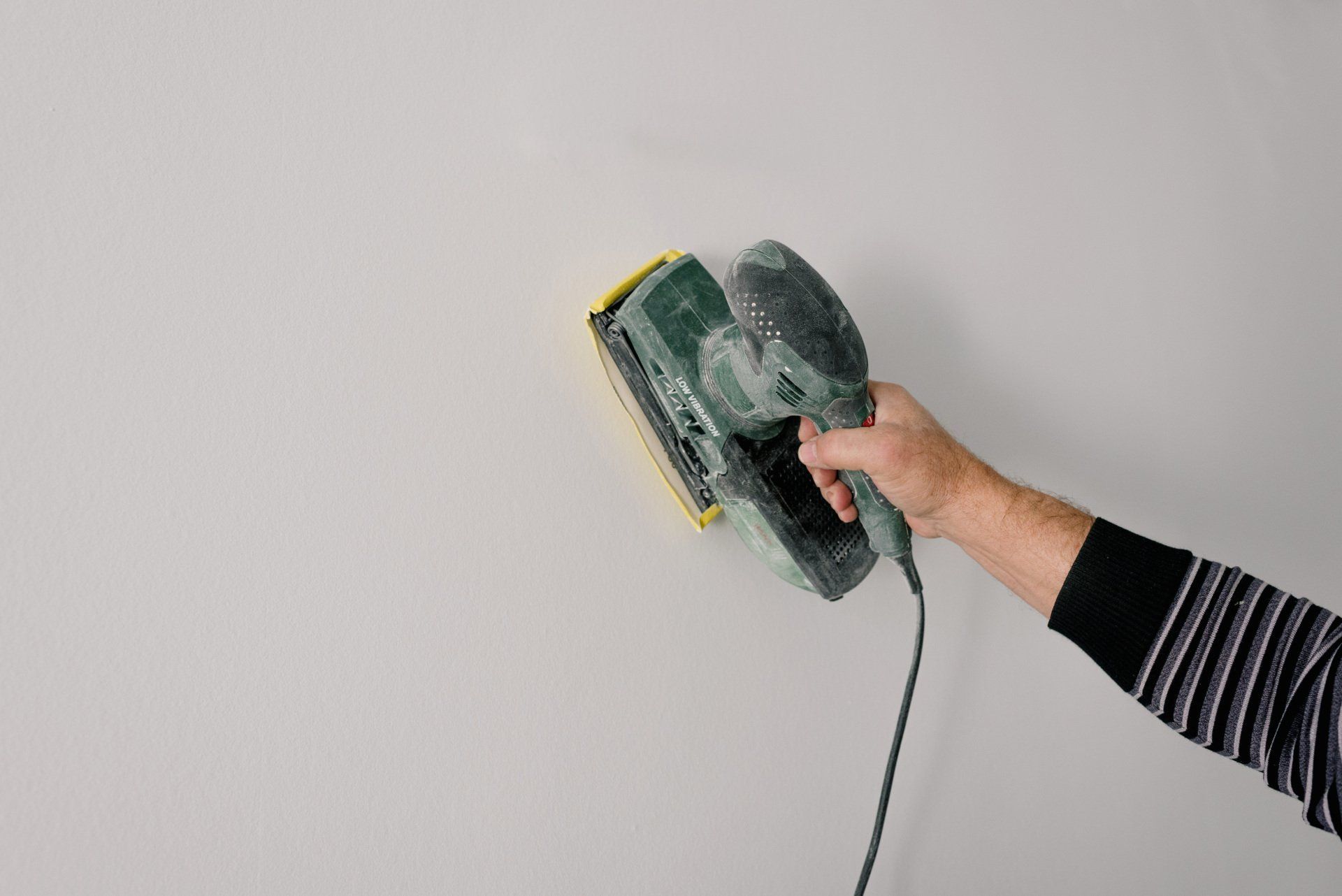What's the distinction between plaster and drywall?
What's the distinction between plaster and drywall?
When designing a house or remodeling, people typically consider granite countertops, large areas, or the amount of windows that will be added to the new room. A lot often, very little thought is given to one of the most vital components of a house -- its walls that line the interior.
Inside Plaster
The most popular type of wall plaster is gypsum. Plaster walls are typically made using a three-coat process. First, the lath needs to be attached by the framing. In the past, lath comprised wood strips; however, more recently, metal or plasterboard has come into use. Lath provides that gooey, spongy cement something to keep it in place.
After the lath is put in position, the plaster has to be mixed. The compound is usually dry and needs to mix with water. Although this process may seem simple but a certain amount of expertise and knowledge is required to ensure the proper consistency. After that, the plaster can finally be sprayed onto the wall. The first layer of plaster is applied, then scratched, and left to dry. Then comes an additional coat, also known as a brown coat, and the wall is finished by applying a final coat.
Inside Drywall
For gypsum-based drywall, it is calcined and mixed with water and occasionally other additives to form the substance that forms the core. The material that is viscous is stretched or flattened between two layers of paper before being dried. The paper's one side is the face that is smooth and strong, and the reverse, or the other side, is rougher in texture.
The installation of drywall is a fairly simple process when compared to the time of plastering. It is cut to match the form of the walls. They are then anchored to the framing rough of the home. Once the boards have been installed, corner beads are attached to the corners in order to provide them with an even edge. Walls are taped using either fiberglass mesh or paper at the corners, joints, and other areas in which the boards are attached to the walls. Then, the standard three-layer joint cement is applied. Following each layer, it is then sanded in order to provide a smoother finish. When the third layer had dried, the walls were prepared to paint.
How can you tell the differences between plaster and drywall?
Drywall is made of a soft material known as gypsum that does not crack. It is a sheet of material that is attached to the wooden studs as they finish the interior of a home. Plaster, however, dries much faster than drywall and is more labor-intensive and costly.
What exactly is drywall made from?
Drywall is constructed from calcium sulfate (gypsum plaster) and other additives like mica and clay, as well as paper or cellulose.
Do wall panels cost less than drywall?
The price of wall paneling is different, but generally speaking, it's more costly than drywall. Before making a final decision, you should look over the type of wall paneling that you'd like to see and determine if it's similar to the price of the drywall.
What is a Level 5 Drywall?
Level 5 drywall is a treatment for drywall in which it is erected, taped, has a primer, and a second coat applied, after which it is lightly sanded; after that, an application of a skim coat all over the surface to make an extremely uniform surface.
Ready to work with Astra Expert Drywall Vancouver?
Let's connect! We’re here to help.
Send us a message and we’ll be in touch.
Or give us a call today at 778-402-1136
More Tips, Tricks & Tools
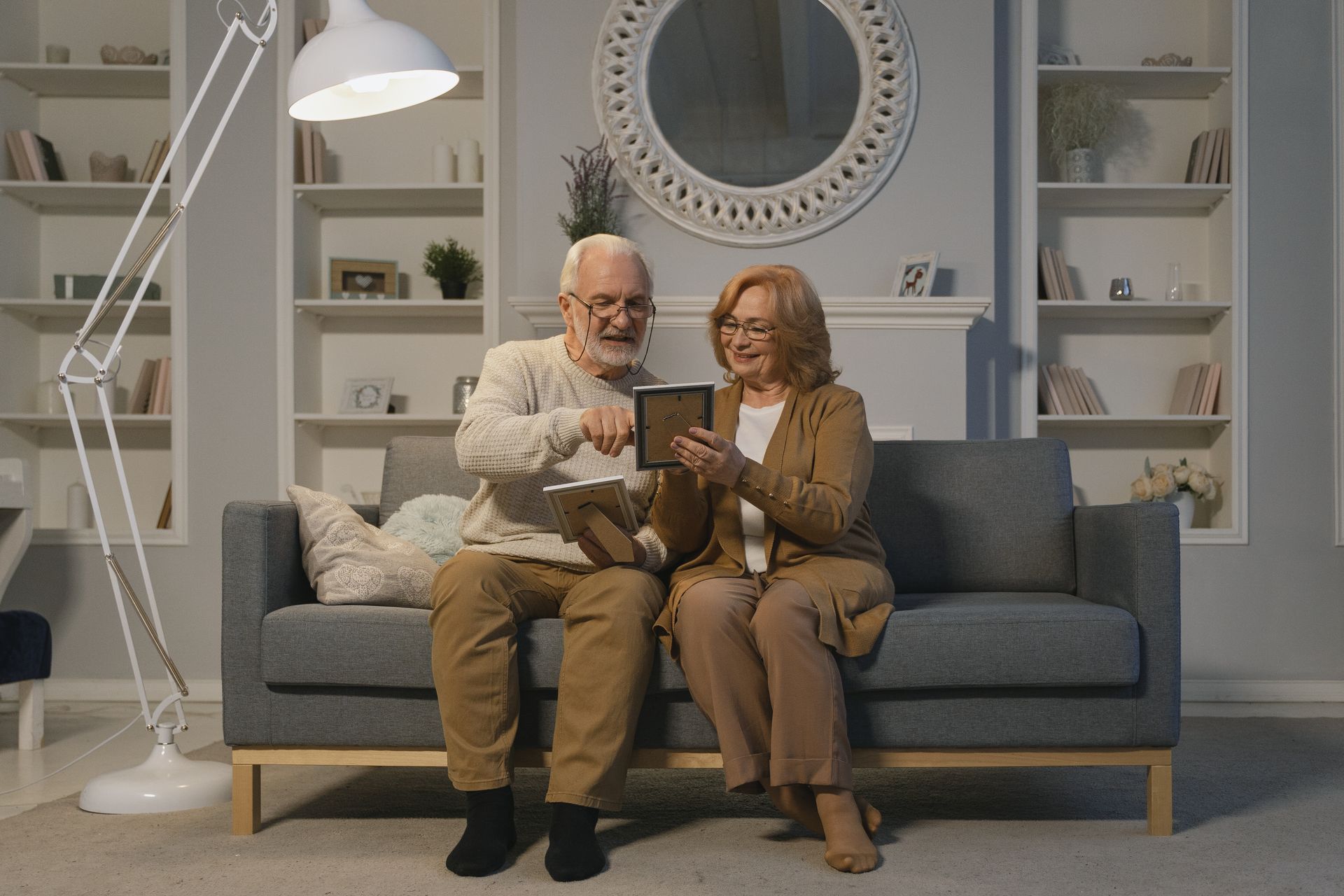
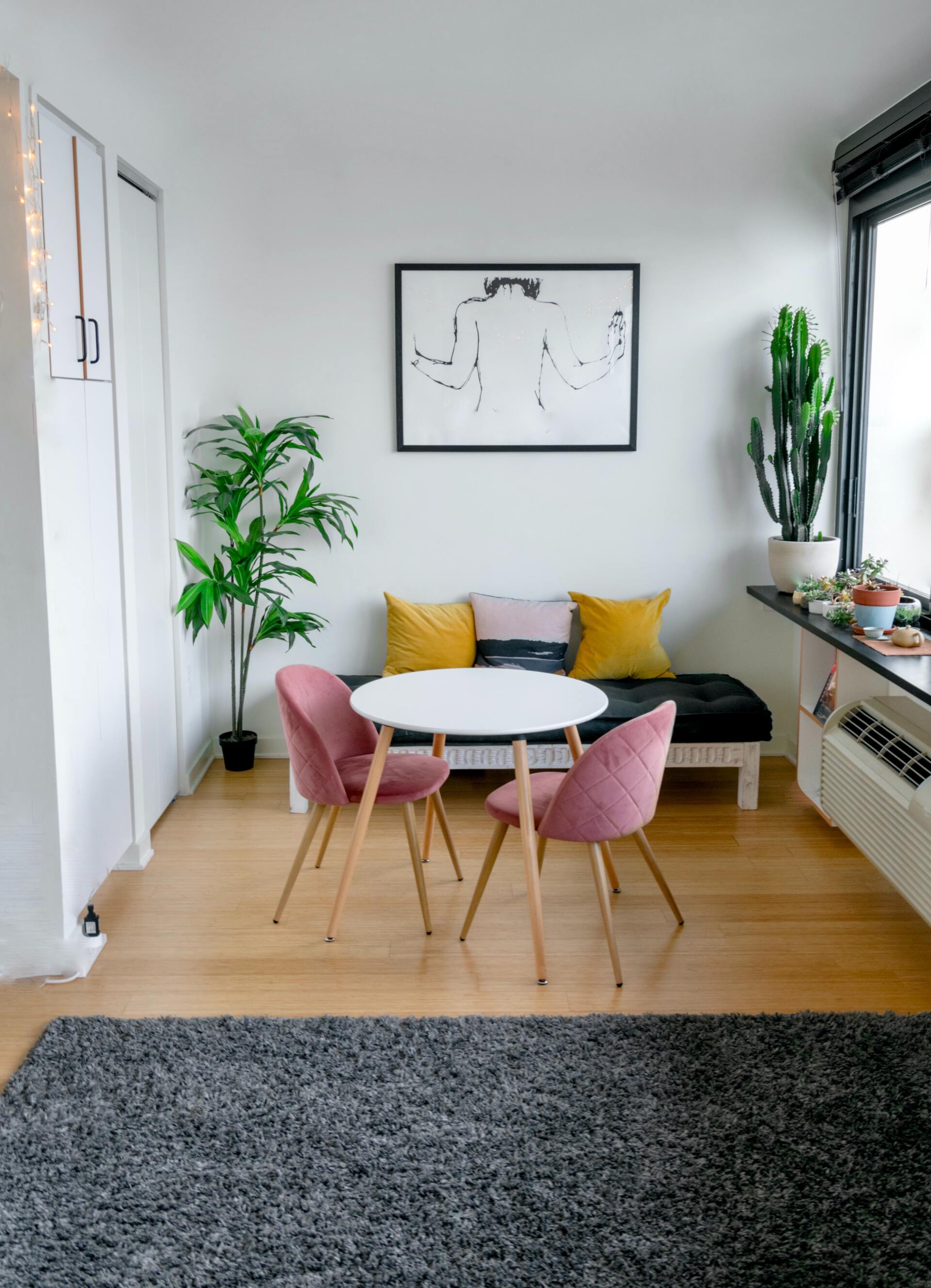
| Astra Expert Drywall Vancouver
